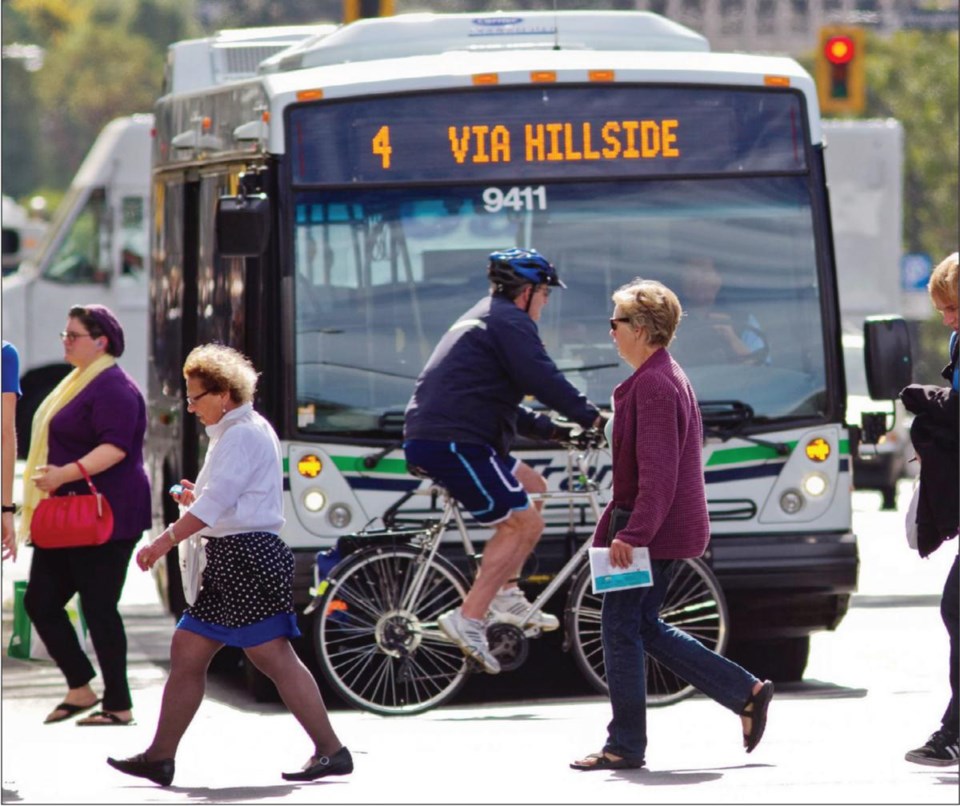Greater Victoria has easy access to doctors, recreation facilities and locallygrown food, but the cost of rent, child care and food continues to rise, according to the latest report card looking at the region's livability.
Some critics questioned the methodology of the Victoria Foundation's annual Vital Signs report, released Tuesday, while social service groups said the results are an accurate measure of the region's rising cost of living.
Vital Signs researchers combine survey results and statistics to measure quality of life through a range of indicators.
Scores were low throughout the report, with the highest mark - a B - awarded for public library use. The Greater Victoria Public Library's 10 branches have the third-highest circulation in Canada.
Victoria placed No. 2 out of 20 cities in the Canadian Creativity Index, behind Ottawa but ahead of Vancouver.
Another positive note was an increase in the region's volunteer rate in the last 11 years. About 47 per cent of Victorians volunteered in 2010, up from about 44 per cent in 2001.
Some business leaders questioned the low marks given to the economy, saying ongoing growth in the high-tech industry, valued at $2 billion annually, is just one of several signs of an expanding economy.
Despite an unemployment rate that dropped to 5.3 per cent in March, lower than provincial and national rates, the report gave local unemployment a C+.
Social-housing advocates say housing-indicator results show an increasing need for social housing.
"None of these figures are a surprise," said Andrew Wynn-Williams, executive director of the Greater Victoria Coalition to End Homelessness. "This report just reminds us of the issues we need to continue to address."
The seventh instalment of the annual report also sheds light on what it sees as inadequate wages. It found that two adults earning the $10.25 minimum wage would each have to work 62 hours a week to afford an adequate quality of life in the region.
For those living within such financial limits, any increase in expenses can add significant strain, said Marika Albert, research and development officer for the community social planning council of Greater Victoria. "If your household already lives paychequetopaycheque, any slight increase is big.
The region earned a C- grade for its access to doctors. In 2010, there were 284 physicians per 100,000 south Vancouver Island residents, higher than the national rate of 203.
Surgery waits for children scored a low D-. In June, there were 654 children on the surgical waitlist at Victoria General Hospital, with between 27 per cent and 72 per cent waiting longer than recommended wait times.
The region also received a poor mark for alcohol consumption: a D. In 2009-10, more than 18 per cent of residents ages 12 and over on south Vancouver Island reported having five or more drinks on one occasion at least once a month.
That was higher than the provincial figure of 15.8 per cent and the national figure of 17.3 per cent.



